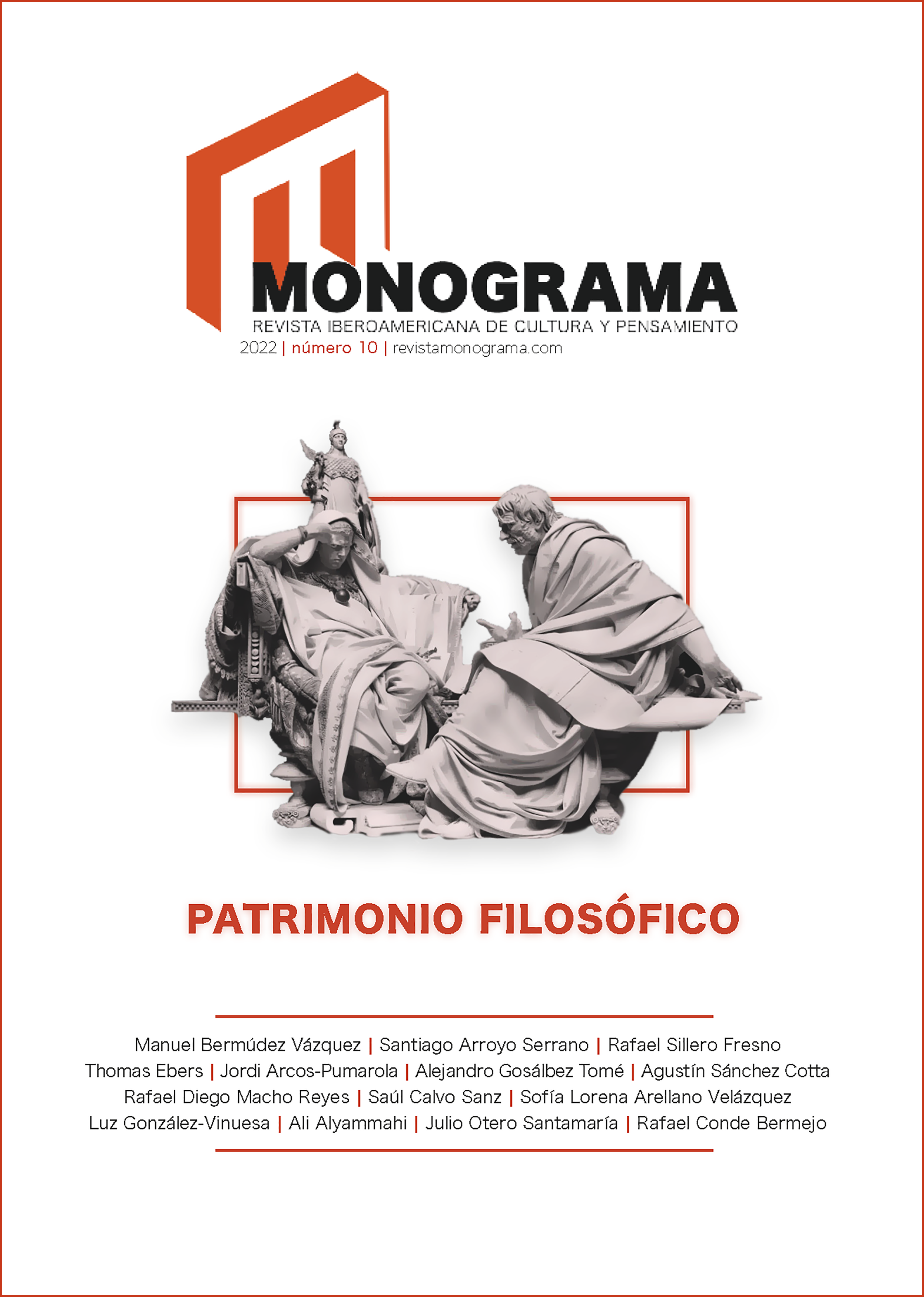La cultura y el patrimonio como factor clave en la consecución de la Agenda 2030
DOI:
https://doi.org/10.36008/monograma.2022.10.0435Palabras clave:
objetivos de desarrollo, patrimonio, cultura, Agenda 2030, desarrollo localResumen
Los Objetivos de Desarrollo Sostenible (ODS) engloban dimensiones sociales, económicas y ambientales con la intención de crear un mejor futuro para todos, centrándose en la sostenibilidad y la cooperación para el desarrollo. No obstante, dentro de esta agenda global se hecha en falta el concepto de cultura, y por lo tanto el de patrimonio cultural. Siendo estos conceptos intrínsecos a la vida social del hombre. Al ser una pieza central en la identidad de una comunidad da pie a la tolerancia, la paz y respeto por la diversidad cultural. Elementos necesarios para la consecución de la Agenda 2030. Por lo tanto, la cultura y el patrimonio deben ser considerados como factores claves para el desarrollo sostenible de una comunidad. Aún más en esta Década de Acción, donde es necesario redoblar esfuerzos en todas aquellas dimensiones que contribuyan a cumplir los ODS y buscar la implicación de los distintos actores que se ven influidos por estas actividades, logrando no solo cumplir con esas metas y objetivos, sino aumentar la participación ciudadana en la vida cultural.
Descargas
Citas
Bachleitner, R, y Zins. A. (1999). «Cultural Tourism in Rural Communities: The Residents’ Perspective». Journal of Business Research, vol. 44, n.º 3, pp. 135-234.
Canova, N. (2009). «Questionner les risques de la mobilisation du patrimoine culturel immatériel (PCI) dans le développement territorial». 2ndes journées internationales du patrimoine immatériel, Clermont-Ferrand, Francia.
Gómez, C. (2018). «Objetivos de Desarrollo Sostenible (ODS): una revisión crítica». Papeles de relaciones ecosociales y cambio global, n.º 140, pp. 107-118.
Guèvremont, V. (2014). «Le développement durable au service du patrimoine culturel. À propos de la Convention pour la sauvegarde du patrimoine culturel immatériel». Ethnologies, vol. 36, n.º 1-2, pp. 161-176.
Keitumetse, S. (2014). «Cultural Resources as Sustainability Enablers: Towards a Community-Based Cultural Heritage Resources Management (COBACHREM) Model». Sustainability, vol. 6, n.º 1, pp. 70-85.
Molina, B. (2018). «La incorporación de la cultura y el patrimonio en el desarrollo sostenible: desafíos y posibilidades». Humanidades, vol. 8, n.º 1, pp. 51-82.
Rubio, P. (2008). «Desarrollo local y patrimonio cultural. El parque cultural de Albarracín». Geographicalia, n.º 53, pp. 21-48.
Sánchez, J., Cabrera, S., Sánchez, A. M. (2006). «Economía de la Cultura: Cultura y Desarrollo Local». XIII Encuentro De Economía Pública.
Soini, K. y Dessein, J. (2016). «Culture-Sustainability Relation: Towards a Conceptual Framework». Sustainability, vol. 8, n.º 2, p. 167.
Unesco y Fundación Santa María (eds.) (1997). Nuestra diversidad creativa. Informe de la Comisión Mundial de Cultura y Desarrollo. Madrid: Ediciones Unesco S. M.
Descargas
Publicado
Cómo citar
Número
Sección
Licencia
Derechos de autor 2022 Monograma. Revista Iberoamericana de Cultura y Pensamiento

Esta obra está bajo una licencia internacional Creative Commons Atribución-NoComercial-SinDerivadas 4.0.
Esta obra está bajo una licencia de Creative Commons Reconocimiento-NoComercial-SinObraDerivada 4.0 Internacional








